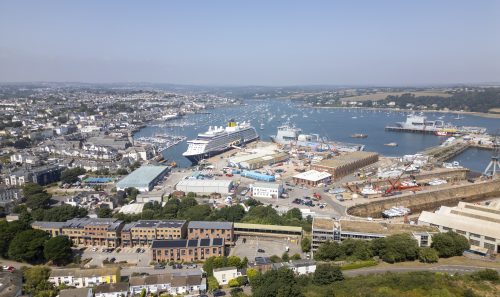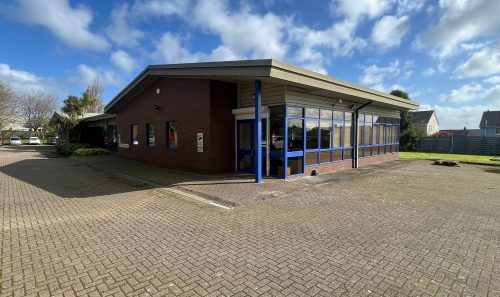You may have seen that Government is seeking business assistance to address the shortage in ventilators and possibly other kit to support medical procedures.
Some CMN members and the wider marine community might manufacture similar equipment or use suppliers that could help.
Please see the info below for registering interest to hear more about this request.
The Dept for Business Energy and Industrial Strategy are currently gathering information about companies’ capability and capacity.
For companies wanting to support this initiative please use this email to register your interest, ventilator.support@beis.gov.uk
Use the online pro forma which will be primary route for people to make contact https://ventilator.herokuapp.com/
Below is the UKRI Spec.
INTRODUCTION
The purpose of this document is to outline the key requirements for a Rapidly Manufactured Ventilation System (RMVS).
It is intended to enable Manufacturers to start the process of considering how they may be able to meet these requirements. Working with manufacturers and clinicians we would expect to iterate this specification before finalization.
Whilst the key operating parameters are subject to change, they are not expected to differ significantly from those set out below.
The document does not attempt to provide a comprehensive list of requirements as manufacturers are already familiar with UK operating environment (e.g. power), acceptable materials and standard device safety considerations.
The document assumes that the reader is already familiar with the concepts and basic mechanics of Mechanical Ventilation devices. The following links may be of assistance:
https://www.youtube.com/watch?v=CrUfblki6Zs (a description of a simple ventilator)
https://onlinelibrary.wiley.com/doi/full/10.1111/j.1365-2044.2009.06207.x (a proposed system for a rapidly deployable ventilator)
CORE TECHNICAL PARAMETERS
The RMVS must:
- Be reliable. It must work continuously without failure (100% duty cycle) for blocks of 14days – 24 hours a day. If necessary, the machine may be replaced after each block of 14 days x 24 hours a day use.
- Provide at least two settings for volume of air/air O2 mix delivered per cycle/breath. These settings to be 450ml +/- 10ml per breath and 350ml +/- 10ml per breath.
- Provide this air/air O2 mix at a peak pressure of 350 mm H2O.
- Have the capability for patient supply pipework to remain pressurised at all times to 150mm H20.
- Have an adjustable rate of between 12 and 20 cycles/breaths per minute.
- Deliver at least 400ml of air/air 02 mix in no more than 1.5 seconds. The ability to change the rate at which air is pushed into the patient is desirable but not essential.
- Be built from O2 safe components to avoid the risk of fire and demonstrate avoidance of hot spots.
- Be capable of breathing for an unconscious patient who is unable to breathe for his or herself. Ability to sense when a patient is breathing, and support that breathing is desirable but not essential.
- Be able to supply pure air and air O2 mix at a range of concentrations including at least 50% and 100% Oxygen. Oxygen shortages are not expected, but the ability to attach a Commercial Off The Shelf (COTS) portable O2 concentrator machine may be a useful feature.
- Support connections for hospital Oxygen supplies – whether driven by piped or cylinder infrastructure
- Be compatible with standard COTS catheter mount fittings (15mm Male 22mm Female)
- Fail SAFE, ideally generating a clear alarm on failure. Failure modes to be alarmed include (but are not limited to) pressure loss and O2 loss.
SUPPORTING REQUIREMENTS
The RMVS must:
- Be intuitive to use for qualified medical personnel familiar with ventilator use. Must not require extensive training to use effectively. Relevant usage instructions must be attached / intrinsic to the device
- Be capable of being easily cleaned / decontaminated using readily available materials
- Have successfully been subjected to a testing and assurance process that is appropriate for the exceptional circumstances
- Have transparent design, supply chain, manufacture and testing processes that are of sufficient quality to enable MHRA officials to deem appropriate for usage in exceptional circumstances
- Not be excessively cumbersome so that it would impede hospital operations or prevent easy movement within hospital premises
- Be made from materials and parts readily available in the UK supply chain (anticipating increasing global restrictions on freight movement).







